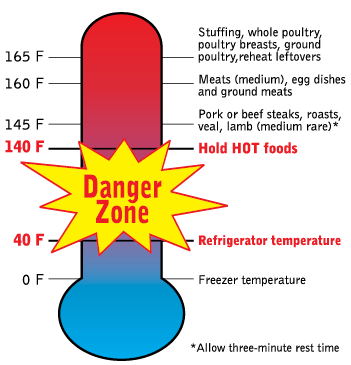Keep Food Safe at Community Dinners and Potlucks
(FN619, Revised June 2021)Safe food handling is important, especially when groups of people are fed at community events. Temperature control is a critical issue for volunteer food handlers. keep food safe when preparing and serving food to large groups.
Contact your county NDSU Extension office to request a printed copy.
NDSU staff can order copies online (login required).

